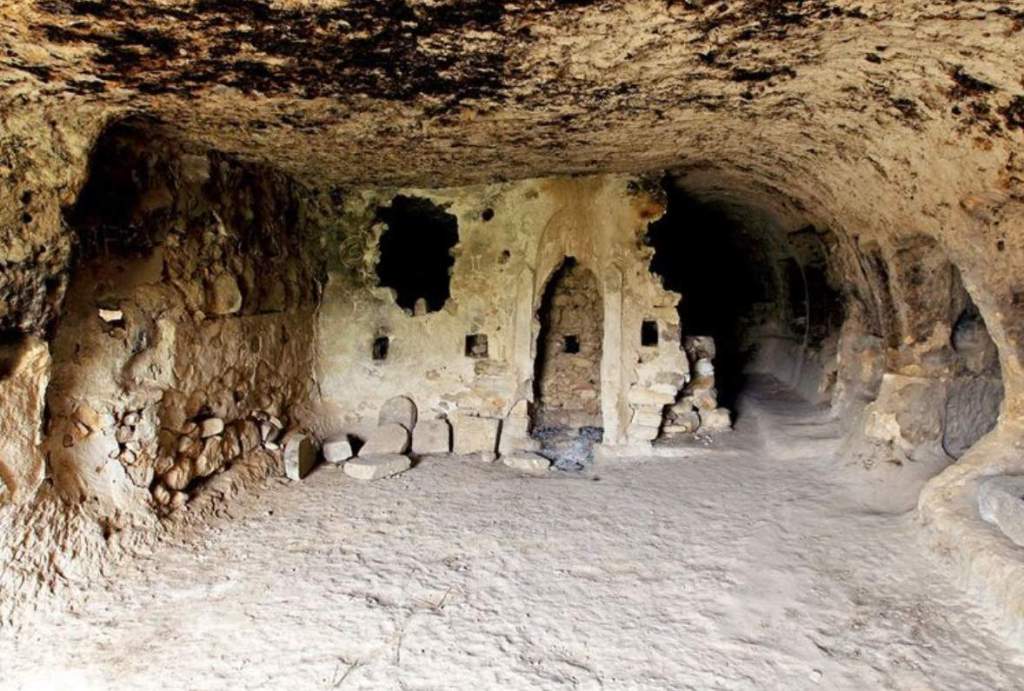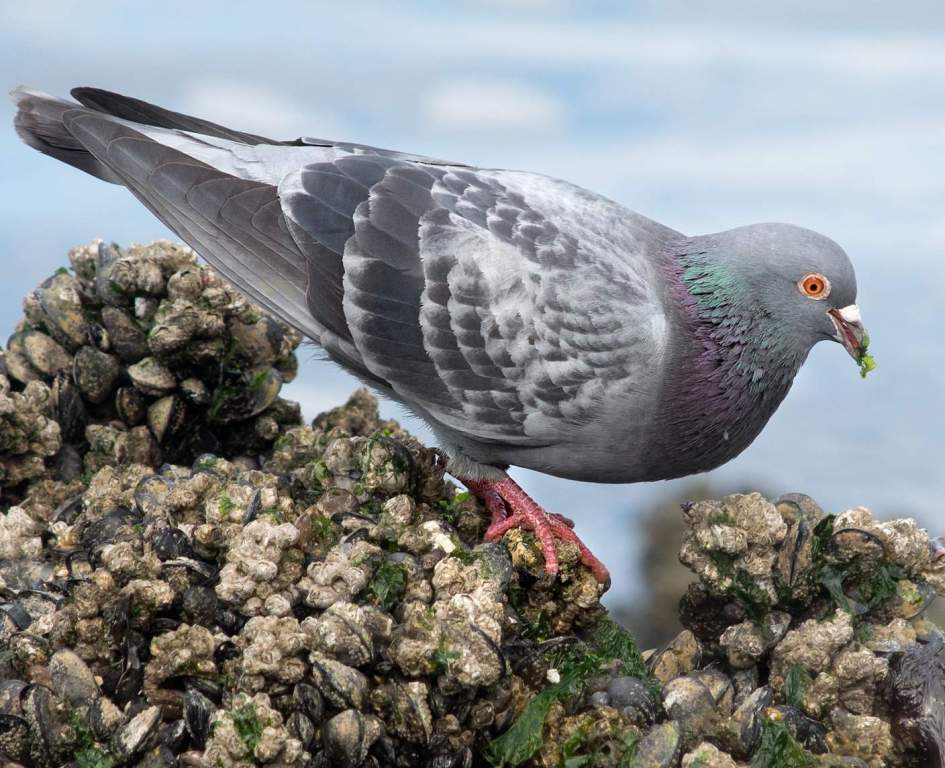Hunga Tonga Hunga Ha’apai Island appears now where in the South Pacific. Globally, people have been fascinated by an amazing phenomenon. Geologists and scientists are also baffled by the appearance of an island out of nowhere.
There was an unprecedented opportunity for geologists, volcanologists, biologists, and ecologists in 2015 when a new island emerged from the South Pacific. As a result of this rare opportunity, a team of researchers from the University of Colorado Boulder and the Cooperative Institute for Research in Environmental Sciences (CIRES) studied the first microbial colonies on a newly formed island, the Hunga Tonga Hunga Ha’apai (HTHH) island, which is last for only seven years.
This study, published in mBio, examined the unique microbial community that metabolizes sulfur and atmospheric gases, similar to those found in deep-sea vents and hot springs. Studying microorganisms in the early stages of an island system was a unique opportunity.
A new island colonized by early microbes
Soil samples were collected on the island by a multi-institutional team of researchers and shipped to CU Boulder’s campus. A unique group of bacteria that metabolize sulfur and atmospheric gases was discovered by extracting and sequencing DNA samples from the samples.
Nick Dragone, the lead author of the study and Ph.D. student at CIRES, said, “We didn’t see what we were expecting.”. “We expected to see species associated with glaciers retreating, or cyanobacteria, but instead we found bacteria that metabolized sulfur and atmospheric gases.”
The biggest volcanic explosion of the 21st century occurred on January 15, 2022, seven years after the island was formed, when the volcano erupted again, obliterating the entire landmass. It became impossible for the team to continue monitoring the site due to the eruption, which destroyed the island.
Hunga Tonga Hunga Ha’apai Unique Microbes
They found a unique set of microbes on the island partly because of the sulfur and hydrogen sulfide gas associated with volcanic eruptions: these gases fuel the unique taxa found there. In addition to hydrothermal vents and hot springs like Yellowstone, microbes were found in volcanic systems, as well as hydrothermal vents and hot springs. These types of sources are believed to have provided the microbes.
To collect samples from land normally not visited by foreign guests, the researchers had to collaborate closely with government officials from the Kingdom of Tonga. To coordinate, NASA and Sea Education Association collaborated for years.
Looking Forward
Dragone said “Although the island is gone, we now have a lot of predictions about what will happen when islands form in the future. It would be great to collect more data if something formed again. We would have a game plan for how to study it.”
Before plants and animals arrive on islands, microbes colonize islands at the earliest stage of ecosystem development. Moreover, to provide valuable insights into how life might evolve on newly formed landmasses, the study of the microbes on HTHH illustrates the need for interdisciplinary collaboration in scientific research.
People all over the world have taken notice of the sudden appearance of Hunga Tonga Hunga Ha’apai in the Pacific Ocean. Experts have offered several theories regarding the island’s appearance, but the exact cause is unknown. As it develops, the island’s ecosystem and geological makeup are being closely monitored by scientists. Our understanding of this fascinating phenomenon continues to amaze us as we discover more of the world’s mysteries.







